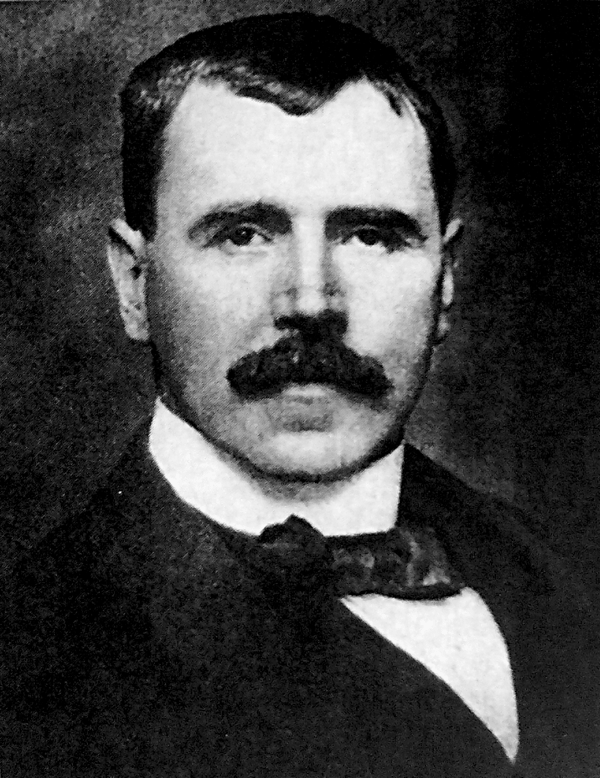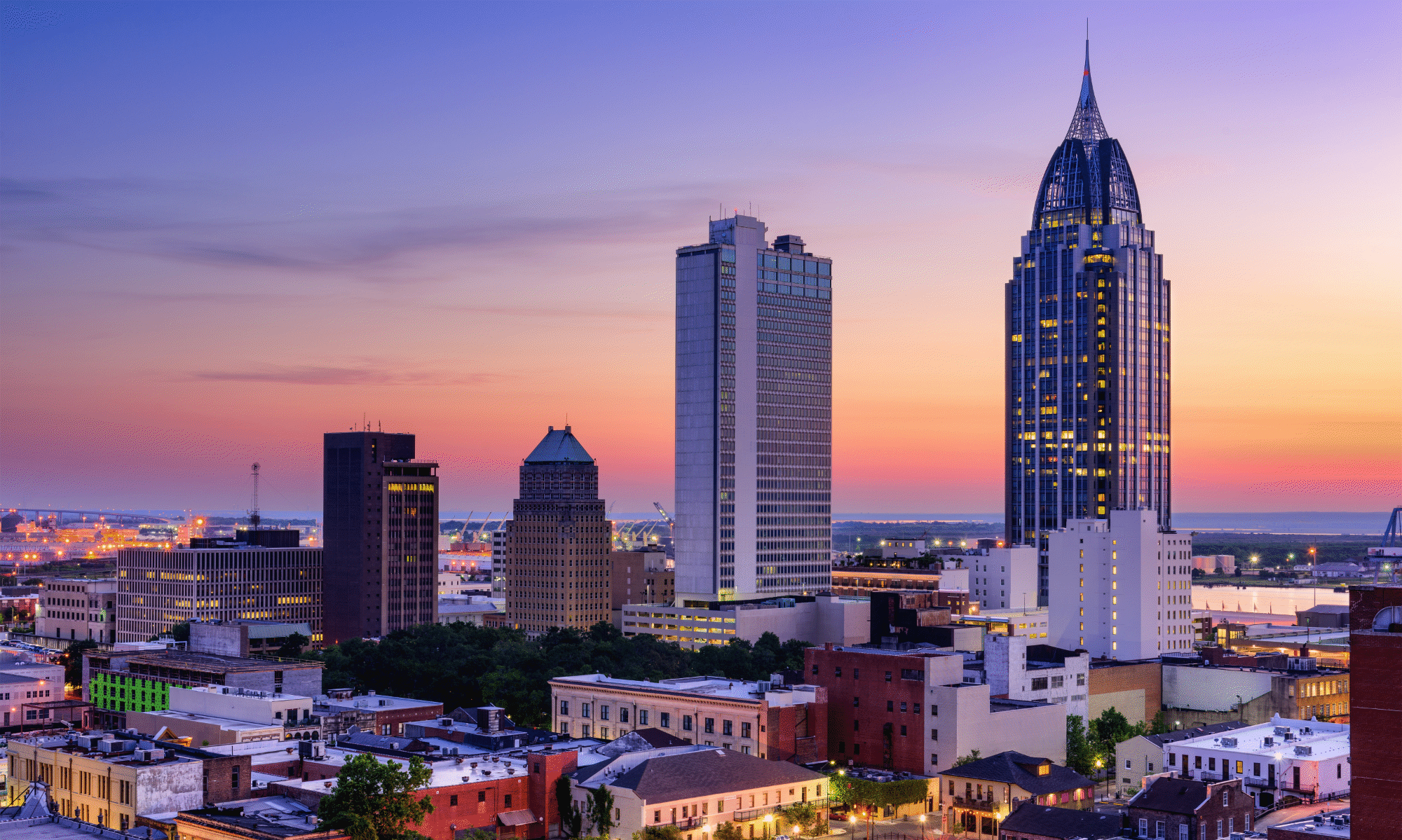
Sir John Lavery RA (20 March 1856 – 10 January 1941) was an Irish painter best known for his portraits and wartime depictions.
Life and career
Evelyn Farquhar wife of Captain Francis Douglas Farquhar
Belfast-born John Lavery attended Haldane Academy in Glasgow in the 1870s and the Académie Julian[1] in Paris in the early 1880s. He returned to Glasgow and was associated with the Glasgow School. In 1888 he was commissioned to paint the state visit of Queen Victoria to the Glasgow International Exhibition. This launched his career as a society painter and he moved to London soon after. In London he became friendly with James McNeill Whistler and was clearly influenced by him.[citation needed]
Like William Orpen, Lavery was appointed an official artist in the First World War. Ill-health, however, prevented him from travelling to the Western Front. A serious car crash during a Zeppelin bombing raid also kept him from fulfilling this role as war artist. He remained in Britain and mostly painted boats, aeroplanes and airships. During the war years he was a close friend of the Asquith family and spent time with them at their Sutton Courtenay Thames-side residence, painting their portraits and idyllic pictures like Summer on the River (Hugh Lane Gallery).[citation needed]
After the war he was knighted[2] and in 1921 he was elected to the Royal Academy.
During this time, he and his wife, Hazel, were tangentially involved in the Irish War of Independence and the Irish Civil War. They gave the use of their London home to the Irish negotiators during the negotiations leading to the Anglo-Irish Treaty. After Michael Collins was assassinated, Lavery painted Michael Collins, Love of Ireland, now in the Hugh Lane Municipal Gallery. In 1929, Lavery made substantial donations of his work to both The Ulster Museum and the Hugh Lane Municipal Gallery and in the 1930s he returned to Ireland. He received honorary degrees from the University of Dublin and Queen’s University Belfast. He was also made a free man of both Dublin and Belfast. A long-standing member of Glasgow Art Club, Lavery exhibited at the club’s annual exhibitions, including its exhibition in 1939 in which his The Lake at Ranelagh was included.[3]
All I’ve included here is a selection of his wartime paintings, which seem to capture the moodiness of that time quite well. I wonder sometimes what we lost in the Great War; the nihilism of the present day traces its roots there…

